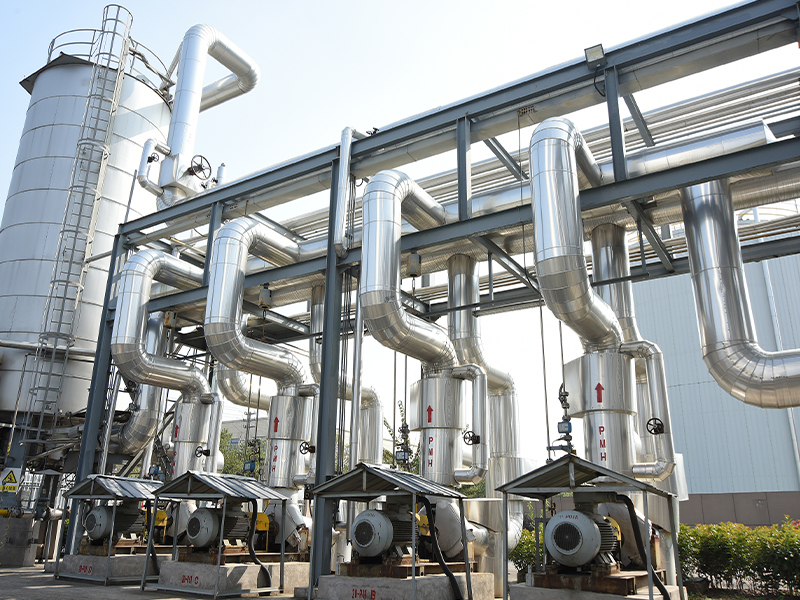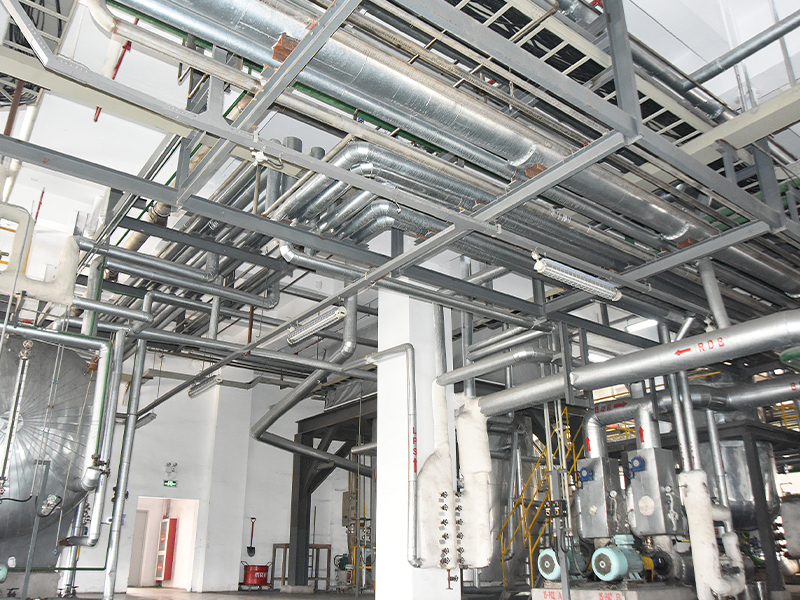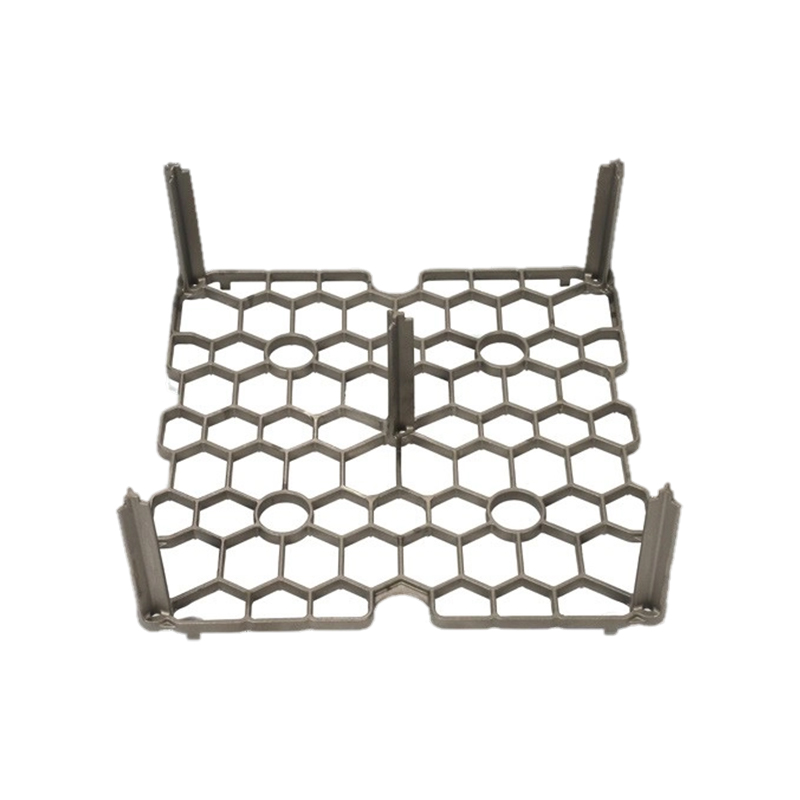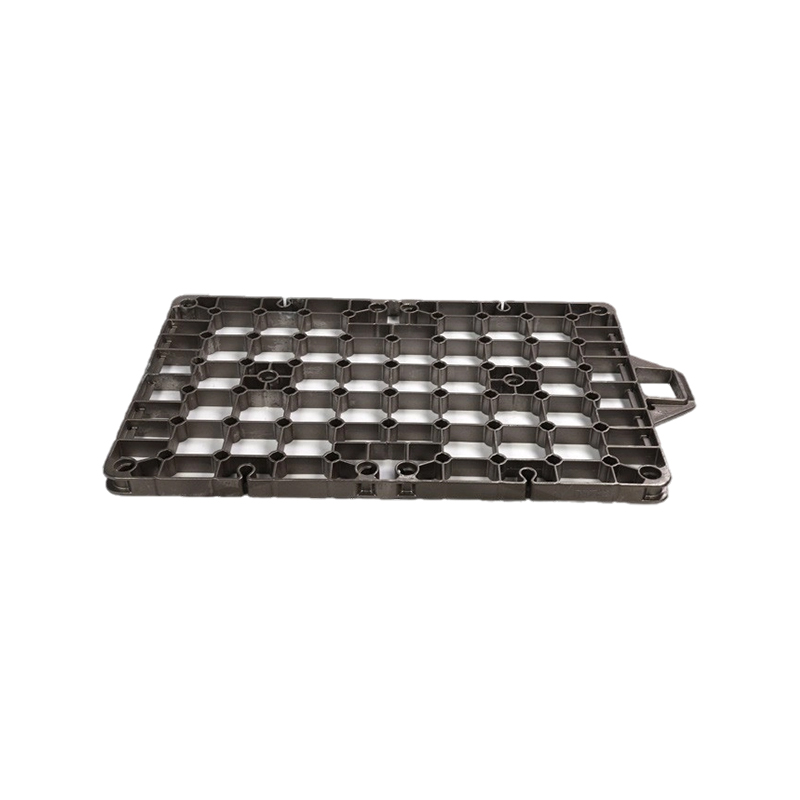Lost Foam Casting (LFC), also known as Expanded Polystyrene (EPS) casting or evaporative pattern casting, continues to gain traction in foundries worldwide. This precision casting method offers distinct advantages over traditional sand casting processes, driving its adoption for complex components across diverse industries, from automotive and aerospace to pumps and valves. Understanding its core benefits highlights why it's a compelling choice for specific manufacturing needs.
1. Exceptional Design Freedom and Complexity: LFC excels where intricate geometries, internal passages, undercuts, and thin walls are required. The expendable foam pattern, easily molded or machined into complex shapes without parting lines or cores, allows designers unprecedented freedom. This eliminates the need for complex core assemblies and associated core prints found in conventional sand casting, significantly simplifying mold creation for parts that would be difficult or impossible to produce otherwise. Near-net-shape capabilities are a hallmark benefit.
2. Superior Surface Finish and Dimensional Accuracy: The process inherently produces castings with excellent surface finish, often significantly smoother than traditional green sand castings. The foam vaporizes upon contact with molten metal, and the resulting gas permeates through the dry, unbonded sand, leaving minimal surface texture. Combined with the precision of the foam pattern and the stability of the dry sand mold, LFC achieves tight dimensional tolerances and consistent part-to-part repeatability, reducing the need for extensive secondary machining.
3. Significant Cost Reductions in Tooling and Labor: LFC often boasts lower pattern costs compared to intricate core boxes and complex wooden or metal patterns required for equivalent parts in conventional sand casting. A single, relatively simple foam pattern can replace an assembly of cores and molds. Furthermore, the process eliminates core making, core setting, and mold assembly steps, streamlining production and reducing skilled labor requirements. The unbonded sand is also easily reclaimed and reused with minimal processing, lowering sand-related costs.
4. Reduced Machining and Finishing Requirements: The combination of near-net-shape casting capabilities, excellent surface finish, and good dimensional accuracy directly translates to less material removed during machining. This not only reduces machining time and associated labor and tooling costs but also minimizes material waste. Secondary cleaning operations (like core knockout and extensive sand removal) are drastically reduced or eliminated.
5. Minimal Draft Angles and Weight Savings: The dry, unbonded sand mold offers excellent collapsibility. This allows for the use of minimal draft angles (often as low as 0.5 to 1 degree) compared to the steeper drafts required in conventional sand casting to facilitate pattern removal. The result is castings that are closer to the final design intent, potentially lighter in weight, and requiring less machining to achieve final dimensions.
6. Environmental and Operational Advantages: LFC utilizes dry, unbonded sand without chemical binders or associated fumes typically released during core making and pouring in binder-based systems. This creates a cleaner working environment and avoids the disposal issues linked to chemically bonded sand waste. The sand is readily recycled, minimizing landfill contribution. The process also generates less noise and vibration compared to core making and knockout operations.
Considerations and Ideal Fit:
While offering compelling advantages, Lost Foam Casting is not universally applicable. Pattern production costs can be higher for very simple geometries compared to basic sand patterns. The process requires meticulous control of foam density, coating application, sand compaction, and pouring parameters to prevent defects like folds or carbon inclusions. It is generally most cost-effective for medium-to-high volume production runs of complex components where its benefits in reduced machining and assembly can be fully leveraged, particularly with ferrous alloys and certain non-ferrous metals.
Lost Foam Casting presents a sophisticated solution for manufacturers seeking to produce complex, high-precision castings with superior surface finishes, reduced machining needs, and lower overall production costs for suitable volumes and part geometries. Its advantages in design freedom, dimensional accuracy, operational efficiency, and environmental profile make it a valuable and increasingly utilized process within the modern foundry landscape. When project requirements align with its strengths, LFC delivers significant competitive advantages.
 English
English русский
русский Español
Español عربى
عربى




